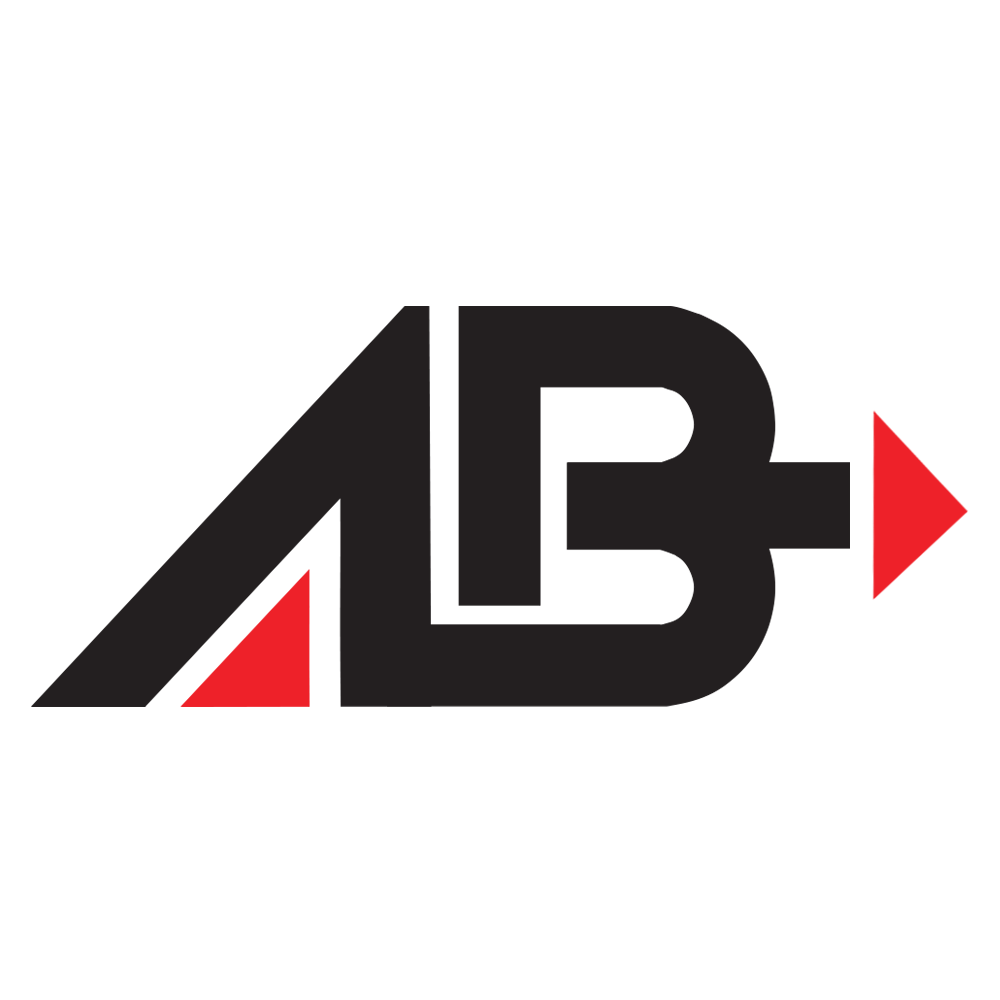
A Guide to Choosing the Right DevSecOps Tools for Your Government Agency
A Guide to Choosing the Right DevSecOps Tools for Your Government Agency: Because Security Shouldn’t Be an Afterthought
DevSecOps has become a critical approach for federal agencies striving to deliver secure software at the speed of relevance. By March 2025, many agencies have made significant progress in their DevSecOps journey, but selecting the right tools remains a complex challenge that can make even seasoned SES members reach for the aspirin bottle.
This guide provides a comprehensive framework for evaluating and selecting DevSecOps tools that align with your agency’s specific mission requirements, compliance needs, and existing infrastructure. Whether you’re supporting warfighters, processing benefits claims, or managing critical infrastructure, this guide will help you navigate the sea of vendor promises and shiny features to find solutions that actually work in government environments.
The Current State of DevSecOps in Government
DevSecOps integrates security tools and practices into the development pipeline, emphasizes the automation of processes, and fosters a culture of collaboration between previously siloed teams. Since the release of key directives like the DoD Enterprise DevSecOps Strategy Guide in 2021 and President Biden’s Executive Order on Improving the Nation’s Cybersecurity, government organizations have been actively shoring up and standardizing their DevSecOps processes.
However, government agencies face unique challenges:
- Legacy systems that weren’t designed for modern development practices
- Strict compliance requirements and Authorization to Operate (ATO) processes
- Limited access to commercial tools due to procurement constraints
- Classification boundaries that complicate tool deployment
- A workforce still transitioning to DevSecOps culture
As one DevSecOps practitioner at a federal agency put it, “We wanted to shift left, but our process was so complicated that we ended up going in circles.”
Understanding the DevSecOps Ecosystem
The Foundation: DevSecOps Reference Architectures
The Department of Defense has established reference architectures that define how DevSecOps should be implemented in government settings. The DoD Enterprise DevSecOps Strategy Guide established strategic principles that every approved enterprise-wide DevSecOps reference design must support.
A DevSecOps ecosystem consists of:
- Software Factories: Environments that combine tools and processes to enable the rapid development, testing, and deployment of secure applications
- CI/CD Pipelines: Automated workflows that move code from development through testing and into production
- Security Controls: Integrated checkpoints that evaluate code, configurations, and infrastructure for vulnerabilities
- Governance Frameworks: Processes that ensure compliance with organizational policies and government regulations
The Three Pillars of DevSecOps
When selecting tools, consider how they support the three pillars of SecOps:
- Prevent: Tools that help prevent vulnerabilities from entering the codebase
- Resolve: Capabilities to discover and remediate security issues efficiently
- Secure: Features that demonstrate security compliance and posture
Key Criteria for Evaluating DevSecOps Tools
1. Application Hardening Capabilities
Tools should identify weaknesses in code and address them directly, including:
- Removing unnecessary code or software packages
- Eliminating sample or default sensitive files
- Disabling unused software features
- Identifying potential attack vectors
2. Repository-Level Protection
Evaluate tools based on their ability to secure your code repositories through:
- Access controls that align with government requirements
- Vulnerability scanning before code is committed
- Secrets management to prevent credential exposure
- Branch protection policies
3. Environment Security
Your DevSecOps toolchain should protect the environments where applications run by supporting:
- Infrastructure as Code (IaC) security scanning
- Configuration as Code (CaC) validation
- Container security (especially important for DoD Iron Bank compliance)
- Runtime protection capabilities
4. Integration with Development Planning Tools
The tools should seamlessly integrate with existing planning and management systems to:
- Enable security requirements to be tracked alongside features
- Support documentation of security decisions
- Facilitate communication about security issues
- Allow for security metrics to be captured and reported
5. Automation Capabilities
Automation is critical for embedding security throughout the development lifecycle:
- Static application security testing (SAST) automation
- Dynamic application security testing (DAST) integration
- Software composition analysis (SCA) for dependencies
- Infrastructure scanning automation
6. Compliance Support
Government agencies have unique compliance requirements:
- Authority to Operate (ATO) support
- Continuous Authority to Operate (cATO) enablement
- Documentation generation for compliance evidence
- Mapping to NIST frameworks and DoD security controls
7. Government-Specific Considerations
Beyond general criteria, government agencies should evaluate:
- FedRAMP authorization status
- Support for classified environments if needed
- Alignment with DoD Container Hardening requirements
- Compatibility with existing government platforms (e.g., Platform One)
The DevSecOps Tool Selection Framework
Step 1: Assess Your Agency’s DevSecOps Maturity
Before selecting tools, honest assessment is critical. One DoD official quipped, “We thought we were doing DevSecOps because we had a Jenkins server. Turns out we were just doing ‘Dev’ with occasional ‘Sec’ and hoping for ‘Ops’.”
Evaluate your current posture across:
- Culture and collaboration
- Automation capabilities
- Security integration
- Monitoring and feedback
- Deployment frequency
Step 2: Identify Your Tool Requirements
Based on your assessment, document requirements across these categories:
- Development Tooling:
- IDEs with security plugins
- Code repositories with security features
- Developer security training platforms
- Build and Test Tools:
- CI/CD platforms
- SAST, DAST, and SCA tools
- Test automation frameworks
- Operations and Deployment:
- Container orchestration
- Configuration management
- Infrastructure as Code (IaC) tools
- Security Monitoring:
- Security information and event management (SIEM)
- Security orchestration, automation, and response (SOAR)
- Runtime application self-protection (RASP)
Step 3: Evaluate Tool Integration Capabilities
The DoD Enterprise DevSecOps Reference Design emphasizes that tools must work together in an integrated ecosystem. Evaluate:
- API availability and documentation
- Integration with existing government platforms
- Support for standard protocols and formats
- Data sharing capabilities between tools
Step 4: Conduct Proof of Concept Testing
As one government DevSecOps engineer noted, “Vendor demos are like first dates—everybody looks their best. You need to move in together for a while to see the real picture.”
For critical tools:
- Test in environments similar to production
- Involve both developers and security personnel
- Validate key use cases and workflows
- Assess performance under realistic conditions
Step 5: Consider Acquisition Strategy
Government procurement adds complexity to tool selection:
- Evaluate contract vehicles and procurement options
- Consider enterprise agreements vs. per-project licensing
- Assess long-term maintenance and support costs
- Determine training requirements and availability
Government DevSecOps Tool Categories and Recommendations
1. CI/CD Pipeline Tools
Considerations:
- Must support automated security testing integration
- Should enable configuration as code for pipeline definitions
- Need to support deployment to government cloud environments
Government Use Cases:
- The U.S. Air Force’s Kessel Run program exemplifies a tightly run and innovative software factory using integrated CI/CD pipelines
- Platform One provides Big Bang, a DoD-hardened Kubernetes platform that incorporates CI/CD capabilities
2. Security Testing Tools
Considerations:
- Must generate findings in formats compatible with government reporting requirements
- Should support risk scoring aligned with government frameworks
- Need to integrate with existing vulnerability management processes
Government Use Cases:
- DoD DevSecOps Reference Design emphasizes security scanning at multiple stages of the pipeline
- Security tools must leverage cloud service provider (CSP) managed service capabilities where practicable
3. Infrastructure and Configuration Management
Considerations:
- Must support Infrastructure as Code (IaC) security scanning
- Should enforce DoD hardening requirements
- Need to integrate with cloud access points for government clouds
Government Use Cases:
- DoD has developed Configuration as Code (CaC) profiles for tools like Anchore to ensure secure containers
- Tools must support automation at multiple levels across develop, build, test, release, and deliver phases
4. Monitoring and Observability
Considerations:
- Must meet government logging requirements
- Should support threat detection use cases
- Need to operate within classification boundaries
Government Use Cases:
- DoD emphasizes integration with SIEM and SOAR capabilities throughout the DevSecOps lifecycle
- Tools should enable “fully automated risk management” with defined control gates for risk characterization
Implementation Best Practices
1. Start Small, Scale Deliberately
The DoD Enterprise DevSecOps Fundamentals assumes that agile/iterative practices have already been implemented before moving to DevSecOps. Begin with:
- A single application or system
- A motivated, cross-functional team
- Clear metrics for success
- Executive sponsorship
2. Invest in Training and Culture
As one government CISO noted, “We spent millions on tools and pennies on training. Then wondered why nothing changed.”
Focus on:
- DevSecOps training for all team members
- Security awareness for developers
- Development basics for security teams
- Collaborative exercises and war games
3. Leverage Government Resources
Don’t reinvent the wheel when government resources exist:
- DoD’s Iron Bank for hardened containers
- Platform One’s Big Bang for Kubernetes platforms
- Defense Unicorns’ resources for government DevSecOps
- Existing reference architectures and documentation
4. Plan for Continuous Improvement
DevSecOps is a journey, not a destination. Build in:
- Regular tool assessment and optimization
- Collection and analysis of pipeline metrics
- Feedback loops from operations to development
- Updates based on emerging threats and technologies
Conclusion: The Path Forward
Selecting the right DevSecOps tools for your government agency is not just about technical features—it’s about enabling a culture where security is everyone’s responsibility while meeting the unique requirements of public service.
As you evaluate tools, remember that the goal isn’t perfect security (which doesn’t exist) or perfect compliance (which is always evolving). The goal is to build a capability that delivers secure software at the speed of relevance to support your agency’s mission.
Or as one DoD DevSecOps team put it in their mission statement: “We’re here to help the government build software that doesn’t suck… securely.”
By following this framework, your agency can select tools that not only meet technical requirements but also support the cultural transformation that is at the heart of true DevSecOps adoption. Because in government, we don’t just need to move fast and break things—we need to move fast and secure things.
References
While we have cited relevant sources throughout this guide, these documents provide comprehensive guidance for government DevSecOps implementations:
- DoD Enterprise DevSecOps Strategy Guide
- DoD Enterprise DevSecOps Fundamentals
- DevSecOps Fundamentals Guidebook: DevSecOps Tools & Activities
- DoD Enterprise DevSecOps Reference Design
- Software DT&E in DevSecOps Guidebook
Remember: The best tool isn’t always the one with the most features or the highest price tag—it’s the one that enables your teams to deliver secure capability to your users while meeting the unique requirements of government service.
About AlphaBravo
AlphaBravo specializes in delivering container and Kubernetes-based solutions tailored for government agencies, facilitating the seamless integration of DevSecOps practices. Our expertise encompasses the deployment of secure, compliant, and scalable application environments, ensuring that security measures are embedded throughout the software development lifecycle. By leveraging our deep understanding of federal acquisition processes and stringent security requirements, AlphaBravo assists agencies in automating processes, enhancing collaboration between development, security, and operations teams, and maintaining adherence to regulatory standards.
Additionally, AlphaBravo offers comprehensive DevSecOps training programs through their ABLabs platform, equipping government personnel with the necessary skills to effectively implement and manage DevSecOps tools and methodologies. This training ensures that teams are proficient in modern development practices, containerization, and orchestration technologies, thereby enhancing the agency’s capability to deliver secure and efficient software solutions.
